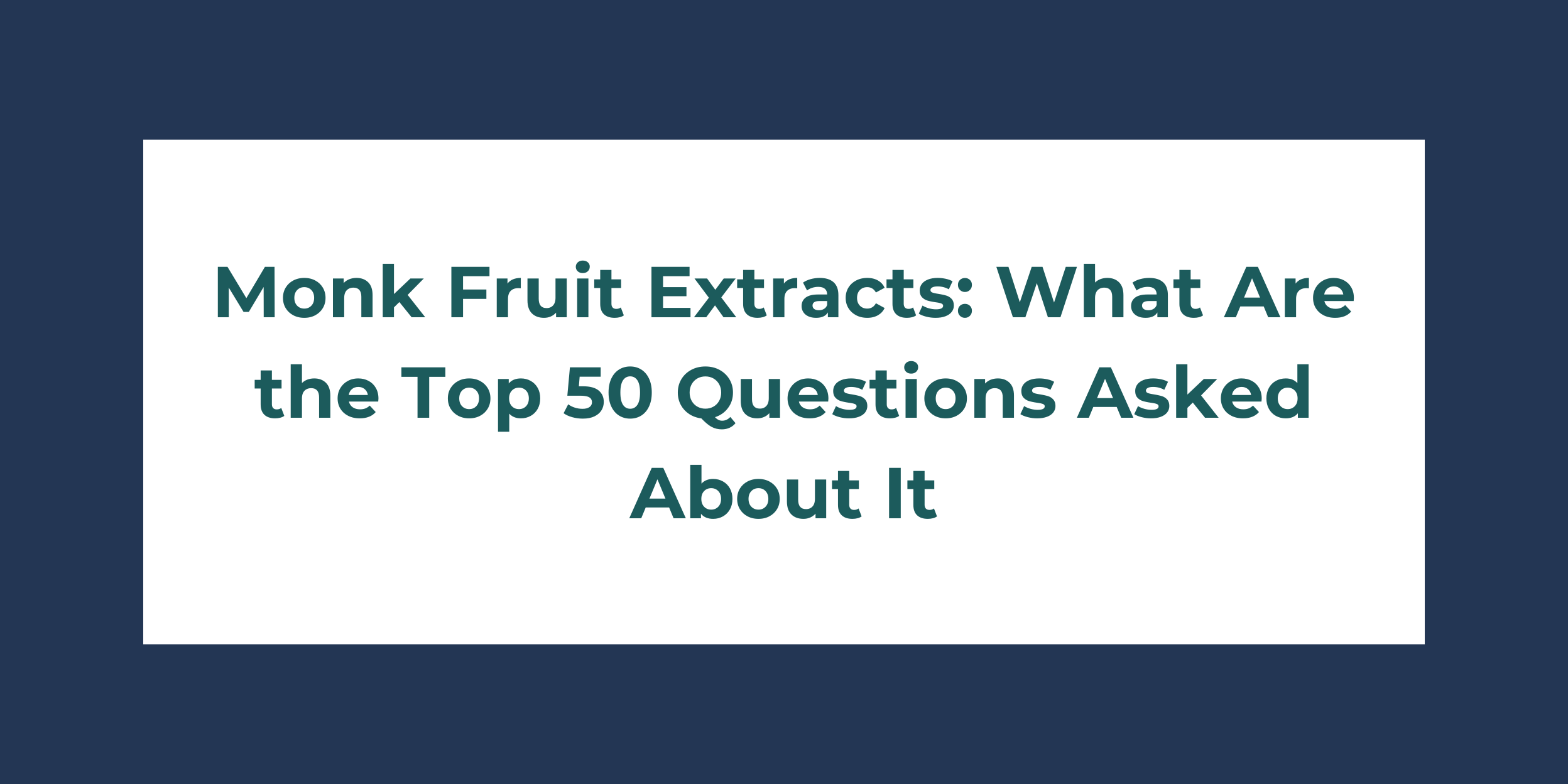Sucralose is a low-calorie, high-intensity sweetener commonly used in the food and beverage industry. It is approximately 600 times sweeter than sucrose and has a sugar-like taste.
This article provides an overview of the chemistry of sucralose, including its composition and physical properties.
Composition of Sucralose
It is a chlorinated sucrose derivative. It is created through the selective chlorination of sucrose, a disaccharide composed of glucose and fructose. During chlorination, three hydroxyl groups in the sucrose molecule are replaced with chlorine atoms.

This process results in a compound with a different molecular structure from sucrose, with the chlorine atoms adding sweetness to the molecule. The chemical formula for Sucralose is C12H19Cl3O8.
Physical Properties
It is a white, odourless, crystalline powder soluble in water. It has a melting point of 125-136 °C and a boiling point of 669.1 °C. It is stable under normal storage and processing conditions, including high temperatures and a wide range of pH values.
These features make it an ideal sweetener for various food and beverage applications.
One of the unique physical properties of sucralose is its non-hygroscopic nature, meaning that it does not absorb moisture from the environment.
This ability makes it ideal for dry food applications, such as powdered drink mixes and baked goods.
It is a widely used low-calorie sweetener that provides sweetness without contributing to caloric intake. Its unique chemical structure and physical properties make it an ideal option for various food and beverage applications.
As consumers continue to seek healthier alternatives to sugar, sucralose and other low-calorie sweeteners will likely continue to grow in popularity.
Indulge in Sweet Savings with EasyBuy! Get Hassle-free Sucralose Procurement for Your Food Manufacturing Needs. Enjoy Unbeatable Offers and Streamlined Ordering.
Shop Now and Simplify Your Ingredient Sourcing Journey!
Citations
- Roberts A, Renwick AG, Sims J. Sucralose metabolism and pharmacokinetics in man. Food Chem Toxicol. 2000;38 Suppl 2:S31-S41. doi: 10.1016/s0278-6915(00)00020-8. PMID: 10882818.
- Swithers SE. Artificial sweeteners produce the counterintuitive effect of inducing metabolic derangements. Trends Endocrinol Metab. 2013;24(9):431-441. doi: 10.1016/j.tem.2013.05.005. PMID: 23850261.
- Fernández-Bañares F, Esteve M, Moreno de Vega MD, et al. Artificial sweeteners: a review. J Clin Gastroenterol. 2019;53(2):99-101. doi: 10.1097/MCG.0000000000001176. PMID: 30507630.








